Yayoi Kusama documentary charts her turbulent rise to art icon

She’s the 89-year-old Japanese artist commanding blockbuster crowds around the world, with exhibition-goers queuing hours to experience her Infinity Mirror Rooms – Yayoi Kusama is as close to bonafide rock star status in the art world as it comes, with her own dedicated museum in Tokyo. Now, after seven decades of wooing audiences and critics alike with her polka-dot paintings and pumpkin sculptures, a new documentary film Kusama – Infinity finally attempts to encapsulate the renegade artist’s career, vision, and life in 76 minutes.
But where do you start with an artist – or any person for that matter – whose life has followed the dizzying trajectory of Kusama? Born in 1929 in Matsumoto, Japan, she was the youngest of four of an affluent but volatile family. Her parents were the product of an arranged marriage. Kusama’s adulterous father was largely absent, while her mother was a physically and emotionally abusive wife who would often send her daughter to spy on his sexual affairs. As a result, Kusama developed an aversion to sex and the male body as an adult (her only known romantic relationship – that with artist Joseph Cornell – was celibate).
At age ten, Kusama began experiencing vivid hallucinations, and started using watercolours, pastels and oils to paint polka dots and repeated net motifs to cope with her visions. The budding artist was just 13 years old when she was sent to work in a military factory sewing parachutes for Japan’s Second World War efforts. Her adolescent years were spent entombed in darkness as the sound of conflict raged outside, which would later compel Kusama to create several anti-war artworks.
Still, she channeled her relentless personal tumult to become the top-selling female artist in the world along the way – no easy feat given the gender and racial bias inherent in the art establishment. It was the artist Georgia O’Keefe who would inspire Kusama to relocate the US after the Japanese artist reached out to her by letter. In 1958, Kusama settled in New York, where her Infinity Net paintings garnered her critical acclaim.
Since 1977, she has voluntarily been living in a psychiatric asylum in Tokyo, working from her studio located opposite the hospital. Kusama’s practice spans painting, sculpture, installation, poetry, and performance art. Known for her outré personal style, the artist has also shown a keen interest in fashion. In the 1970s she made ‘orgy’ garments — to be worn by several people at once. More recently, her forays into fashion have included collaborations with the likes of Marc Jacobs and Louis Vuitton.
Kusama – Infinity has been treated with deft sensitivity by director and producer Heather Lenz, who first became interested in the Japanese artist while studying art in the early 1990s. The film doesn’t gloss over Kusama’s hardships or paint her as a victim of her neurosis and adolescent traumas, and nor should it. If anything is to be gleaned from the documentary, Kusama is strong, savvy – a survivor who shaped an infinite universe of dots in her own image.
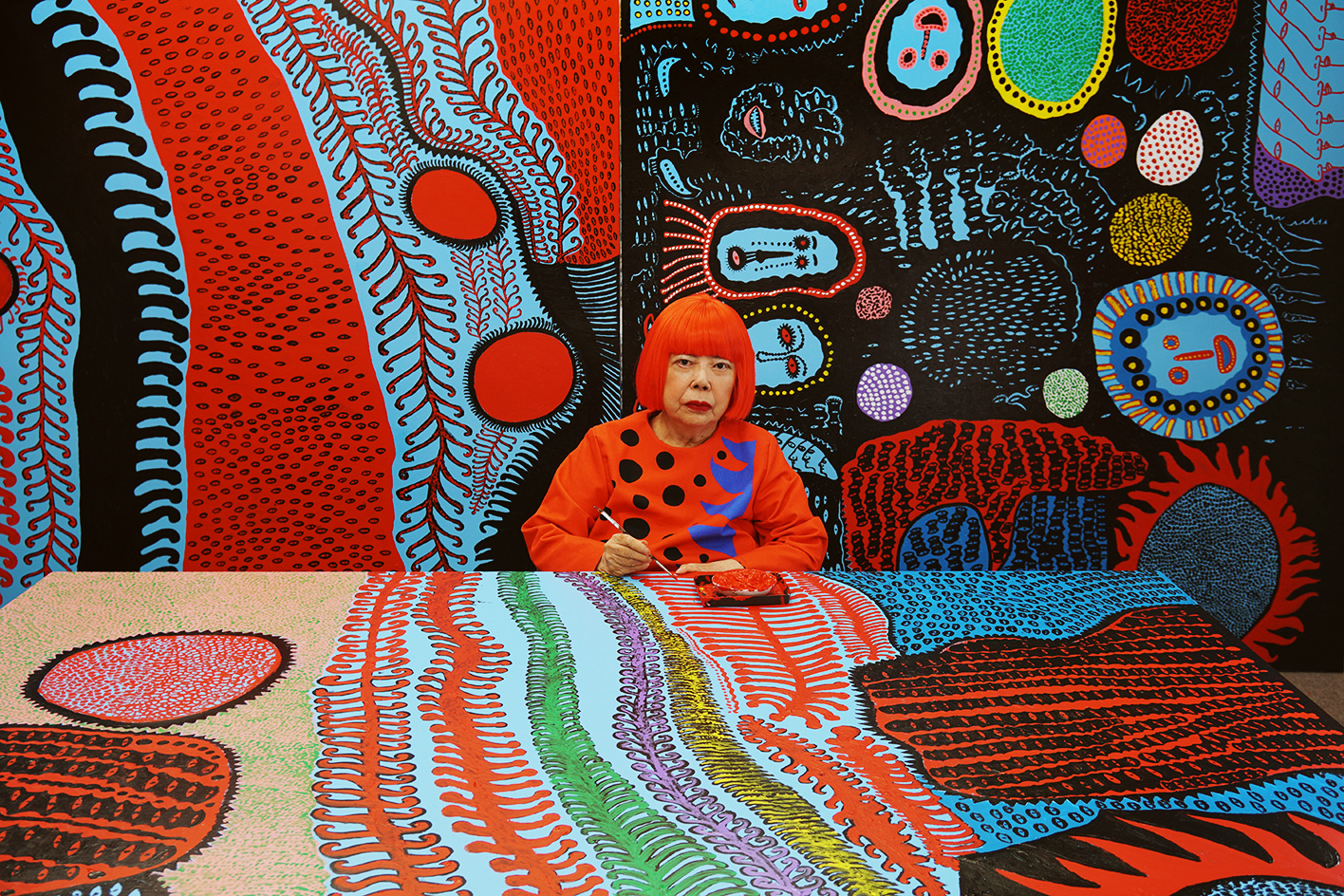
Kusama in her studio, New York; Ota Fine Arts, Tokyo/Singapore/Shanghai; Victoria Miro, London; YAYOI KUSAMA Inc
INFORMATION
Kusama – Infinity is out in US cinemas now, and in UK theatres and on demand from 5 October. For more information, visit the Magnolia Pictures website
Receive our daily digest of inspiration, escapism and design stories from around the world direct to your inbox.
-
 The beauty trends that will define 2026, from ultra-niche fragrances to anti-ageing dental care
The beauty trends that will define 2026, from ultra-niche fragrances to anti-ageing dental careAs we enter the new year, we speak to experts in fragrance, skincare, aesthetics, wellness and more about the trends that will be shaping the way we look
-
 The most stylish hotel debuts of 2025
The most stylish hotel debuts of 2025A Wallpaper* edit of this year’s defining hotel openings. Design-led stays to shape your next escape
-
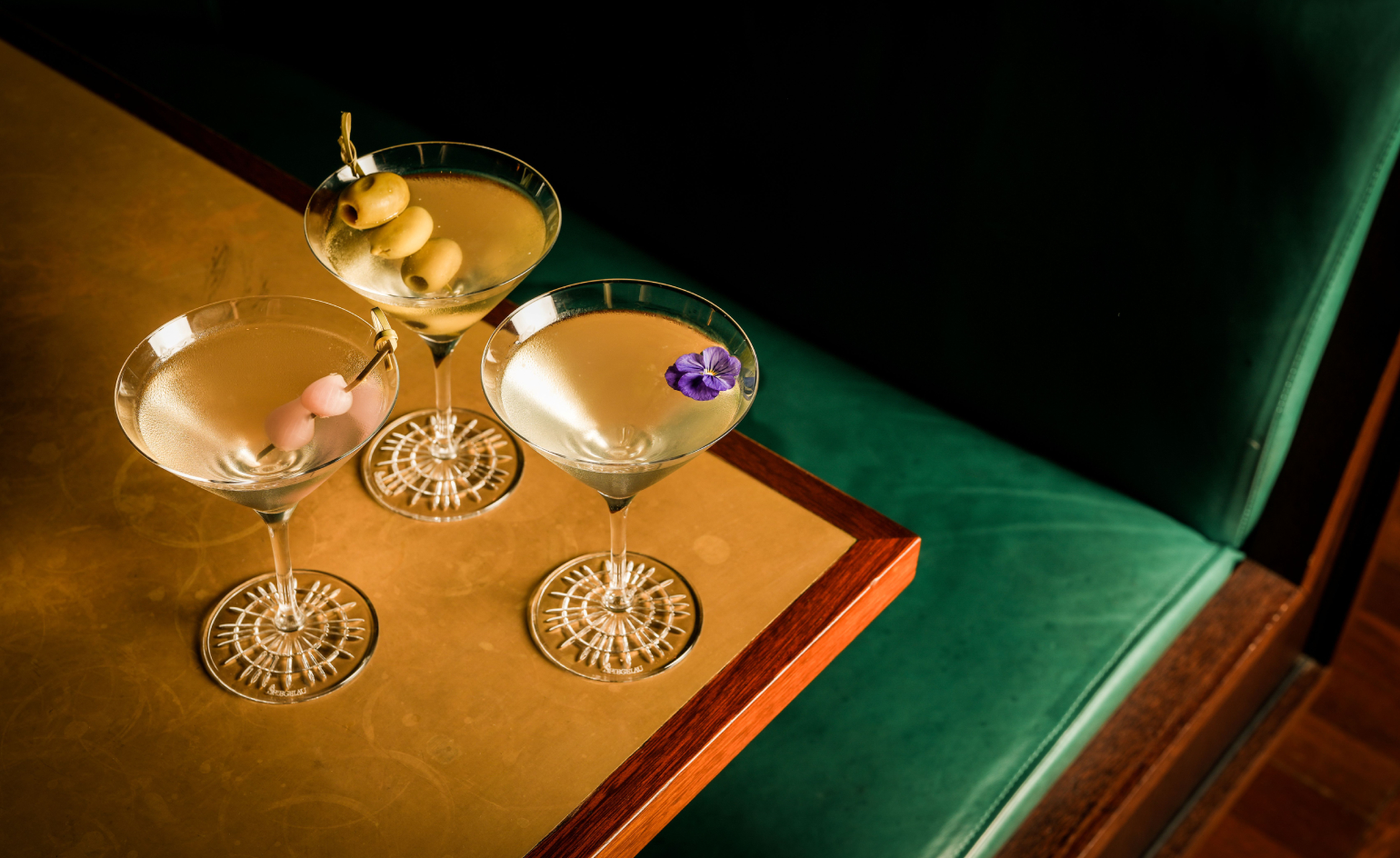 Neo-Gothic grandeur and decadent martinis await at Hawksmoor St Pancras
Neo-Gothic grandeur and decadent martinis await at Hawksmoor St PancrasThe dining room at the St Pancras London hotel has proved to be a revolving door for big-name chefs; now, it's Hawksmoor’s time to shine
-
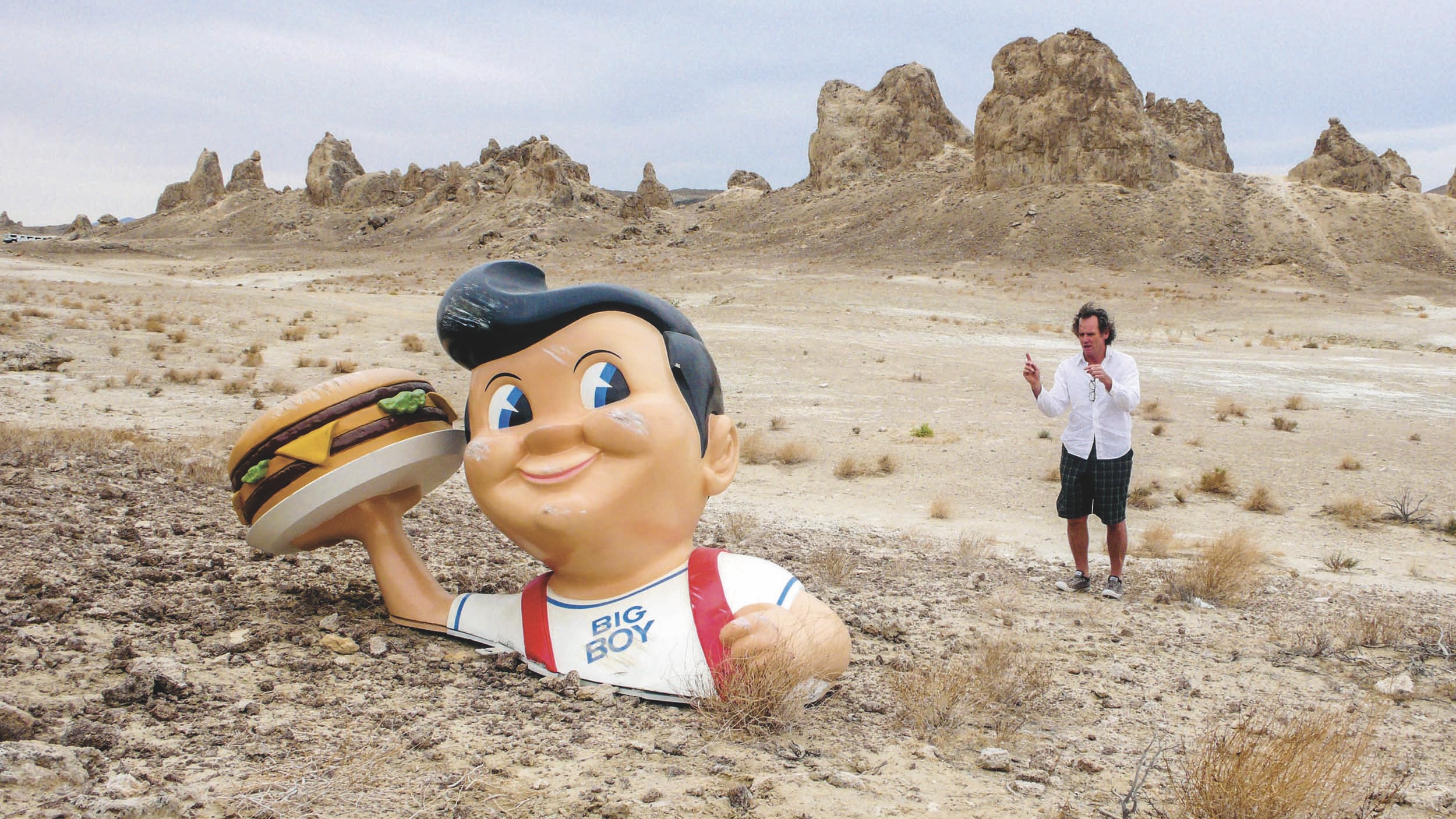 A new photo book takes you behind the scenes of some of cinema's most beloved films, from 'Fargo' to 'Charlie's Angels'
A new photo book takes you behind the scenes of some of cinema's most beloved films, from 'Fargo' to 'Charlie's Angels'Set decorator Lauri Gaffin captures Hollywood's quieter moments in an arresting new book
-
 Sean Ono Lennon debuts music video for ‘Happy Xmas (War Is Over)’
Sean Ono Lennon debuts music video for ‘Happy Xmas (War Is Over)’The 11-minute feature, ‘War is Over!’, has launched online; watch it here and read our interview with Sean Ono Lennon, who aimed to make a music video ‘more interesting’
-
 Wes Anderson at the Design Museum celebrates an obsessive attention to detail
Wes Anderson at the Design Museum celebrates an obsessive attention to detail‘Wes Anderson: The Archives’ pays tribute to the American film director’s career – expect props and puppets aplenty in this comprehensive London retrospective
-
 Yuko Mohri’s living installations play on Marcel Duchamp’s surrealism
Yuko Mohri’s living installations play on Marcel Duchamp’s surrealismThe artist’s seven new works on show at Milan’s Pirelli HangarBicocca explore the real and imaginary connections that run through society
-
 Out of office: the Wallpaper* editors’ picks of the week
Out of office: the Wallpaper* editors’ picks of the weekAs we approach Frieze, our editors have been trawling the capital's galleries. Elsewhere: a 'Wineglass' marathon, a must-see film, and a visit to a science museum
-
 Get the picture? A new exhibition explores the beautiful simplicity of Japanese pictograms
Get the picture? A new exhibition explores the beautiful simplicity of Japanese pictogramsThe simple, minimalist forms of a pictogram are uniquely Japanese, as new exhibition 'Pictograms: Iconic Japanese Designs' illustrates
-
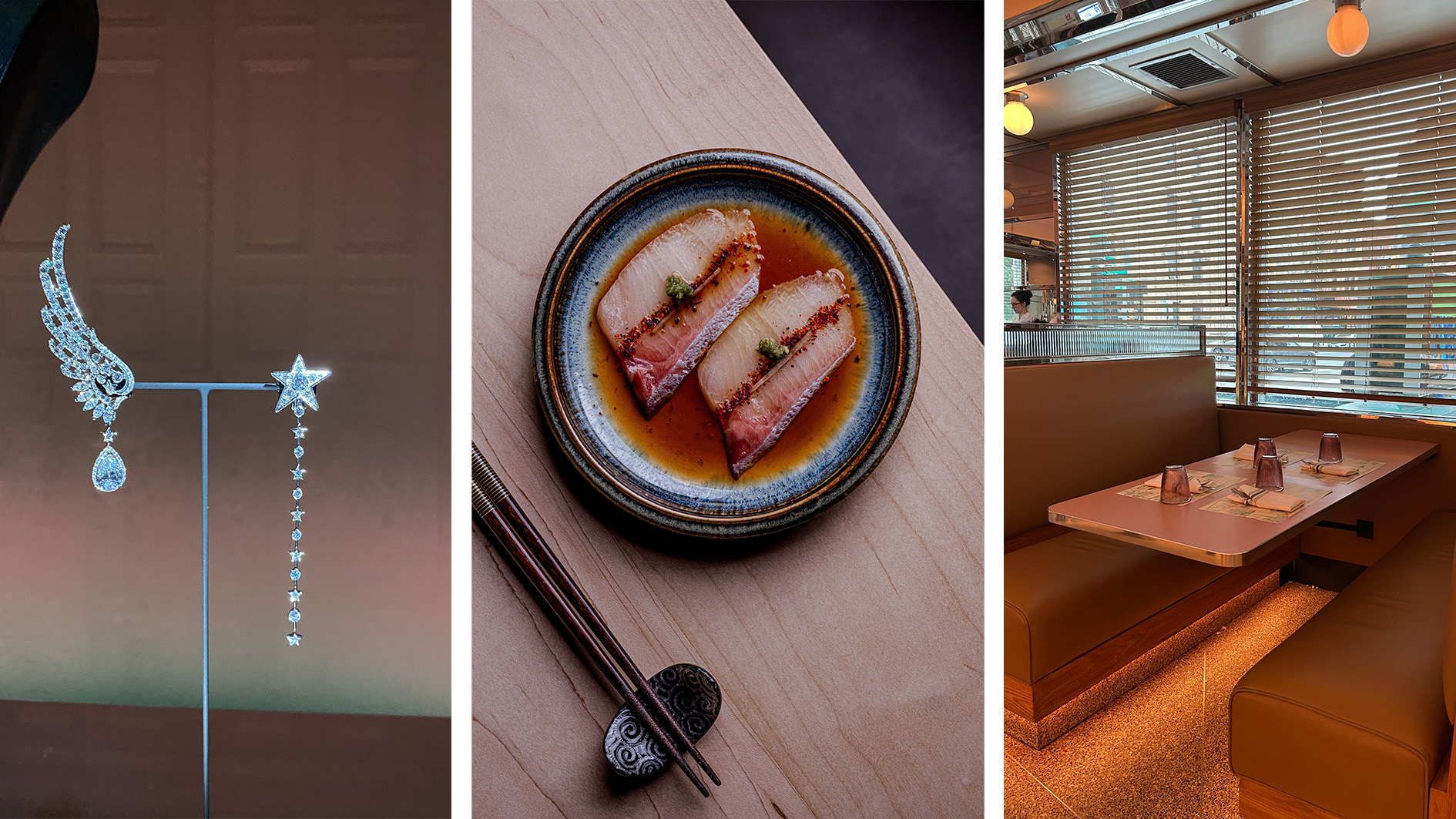 Out of office: the Wallpaper* editors’ picks of the week
Out of office: the Wallpaper* editors’ picks of the weekIt was a jam-packed week for the Wallpaper* staff, entailing furniture, tech and music launches and lots of good food – from afternoon tea to omakase
-
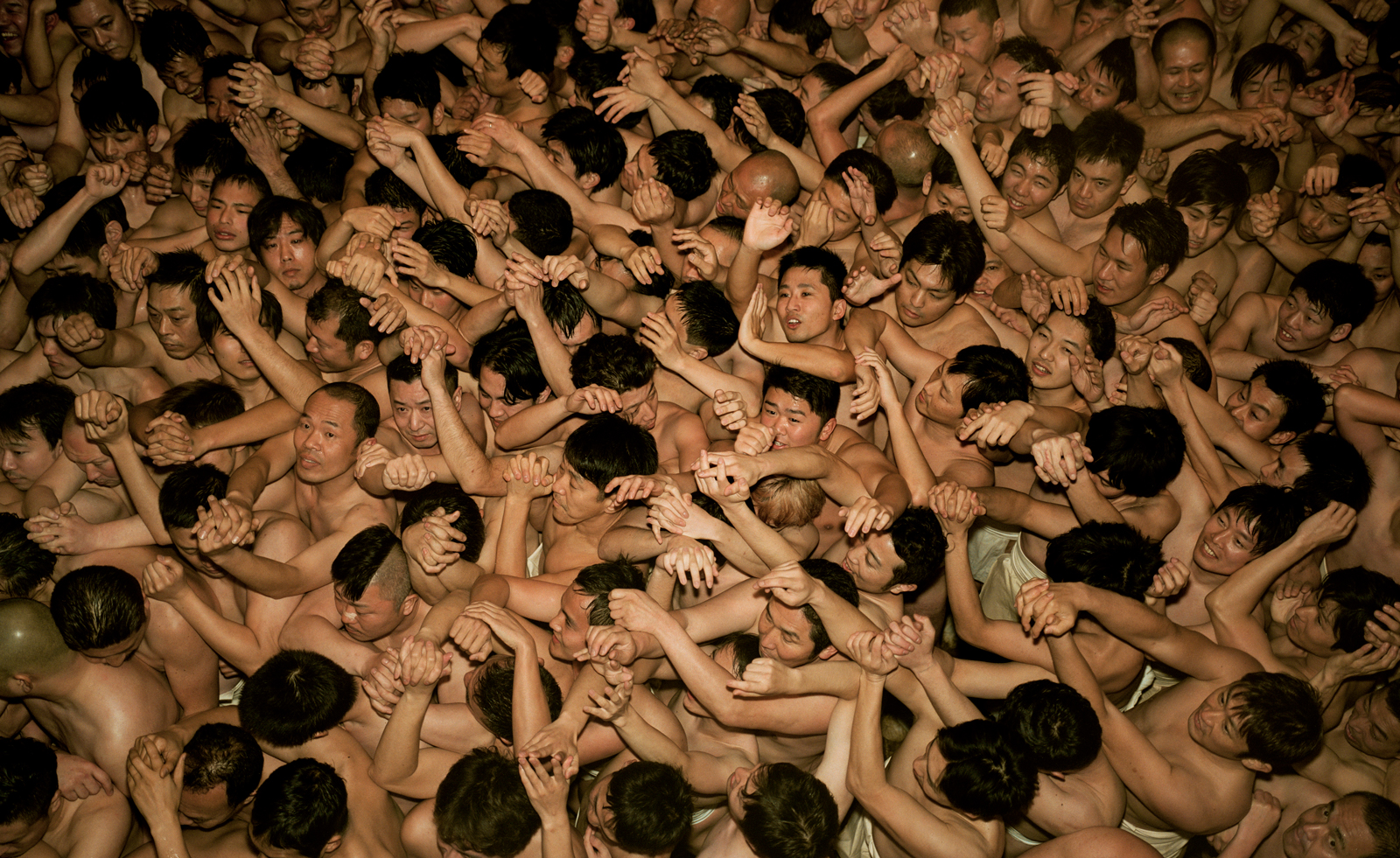 Inside Kyotographie, Japan’s world-renowned photography festival
Inside Kyotographie, Japan’s world-renowned photography festivalKyotographie 2025 embraces the theme ‘Humanity’ in Kyoto – Amah-Rose Abram reports with the highlights, from major and emerging photographers